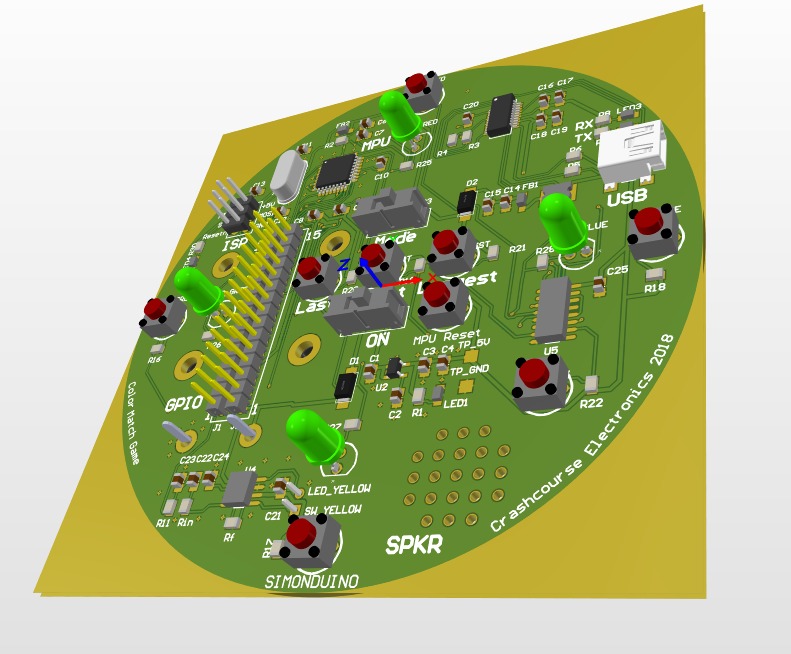Introduction
PCB design stands at the core of electronic product development, bridging the gap between conceptual electronic schematics and physical electronic devices. This article delves into the intricacies of PCB design, focusing on the methodologies, technologies, and tools that are shaping the future of electronic product development. From basic concepts to advanced design techniques, we aim to provide a comprehensive overview that benefits both newcomers and seasoned professionals in the field.
Fundamentals of PCB Design

Understanding PCB Layers and Structures
- Explanation of single-sided, double-sided, and multilayer PCBs.
- Importance of layer stackup for signal integrity and board robustness.
Components and Layout
- Overview of component selection and placement strategies.
- The significance of footprint creation and library management.
Schematic Capture
- The process of translating circuit diagrams into a digital format.
- Tools and best practices for efficient schematic capture.
PCB Design Software and Tools

CAD Tools for PCB Design
- Comparison of popular PCB design software like Altium Designer, Cadence OrCAD, and Autodesk Eagle.
- Features and functionalities that differentiate these tools.
Simulation and Analysis
- Importance of simulation in PCB design for detecting errors and optimizing performance.
- Introduction to tools for electrical (SPICE simulators), thermal, and mechanical simulations.
Advanced PCB Design Techniques

High-Speed PCB Design Considerations
- Managing signal integrity and minimizing electromagnetic interference (EMI) in high-speed applications.
- Techniques for routing high-speed signals and differential pairs.
Design for Manufacturing (DFM)
- Guidelines for ensuring PCB designs are easily and cost-effectively manufacturable.
- Common DFM issues and how to avoid them.
Flex and Rigid-Flex PCB Design
- Unique challenges and benefits of designing flexible and rigid-flex PCBs.
- Material selection and layout tips for flex circuits.
Prototyping and Testing

Rapid Prototyping of PCBs
- Methods for quick-turnaround PCB prototyping.
- Evaluating prototypes for functionality and design accuracy.
Testing and Debugging
- Strategies for thorough testing of PCBs to ensure reliability.
- Tools and techniques for debugging common PCB issues.
Case Studies
- Highlighting successful PCB design projects in industries such as consumer electronics, automotive, and aerospace.
- Lessons learned and best practices derived from real-world applications.
Emerging Trends in PCB Design

AI and Machine Learning in PCB Design
- How AI is being integrated into PCB design tools for optimization and error detection.
- Future prospects of AI in automating design processes.
Sustainable and Eco-Friendly PCB Design
- Trends towards using greener materials and reducing electronic waste.
- Design strategies that contribute to sustainability.
Conclusion
PCB design is a dynamic field that continuously evolves with technological advancements. Understanding the fundamental principles, mastering the tools, and staying abreast of emerging trends are crucial for anyone looking to excel in electronic product development. By embracing modern techniques and technologies, designers can overcome challenges and push the boundaries of what’s possible in electronics design.












